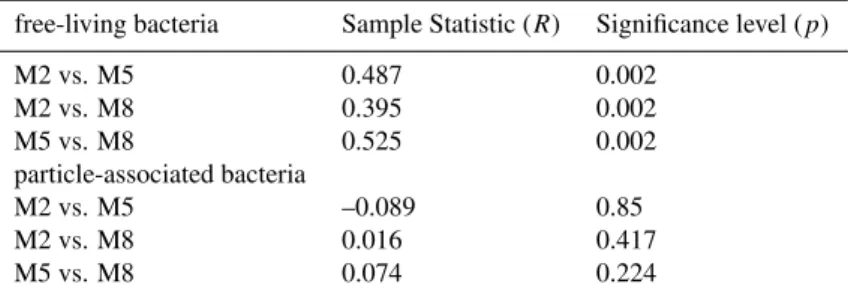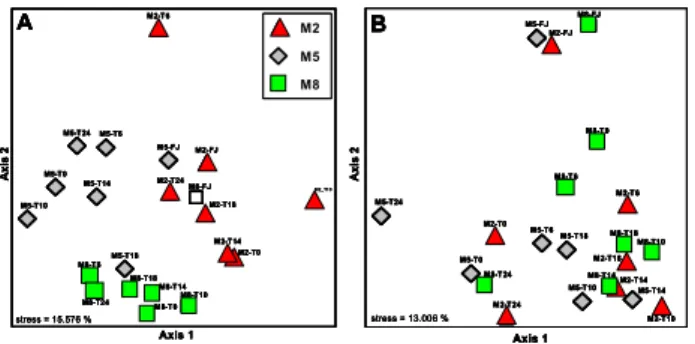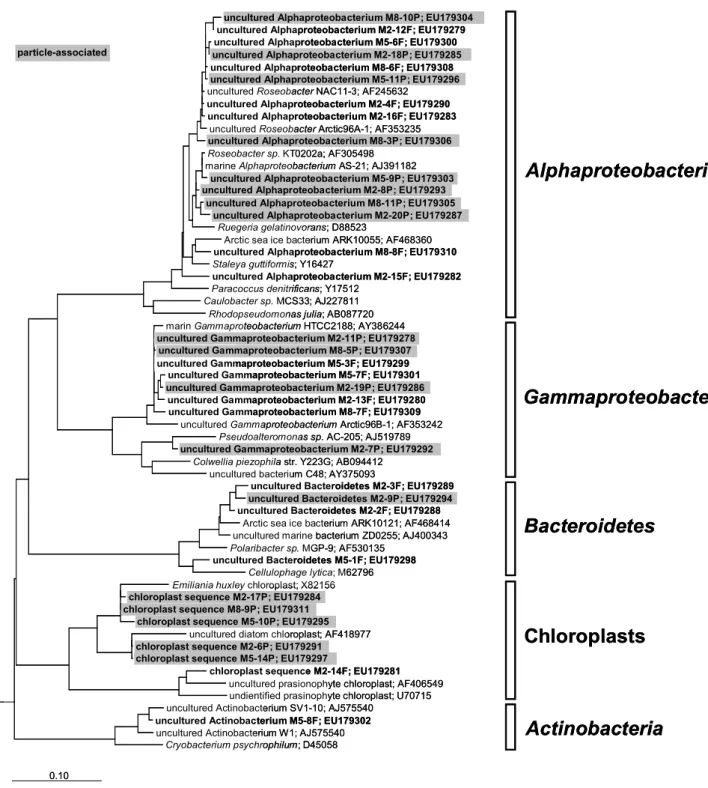Coupling of heterotrophic bacteria to phytoplankton bloom development at different <i>p</i>CO<sub>2</sub> levels: a mesocosm study
Texto
Imagem
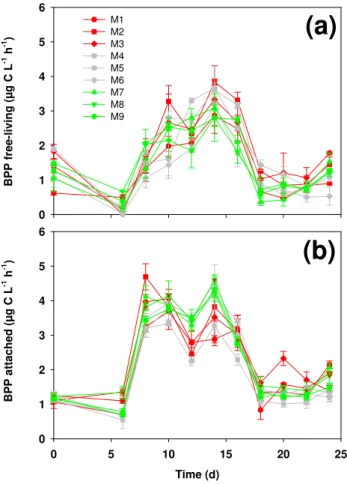
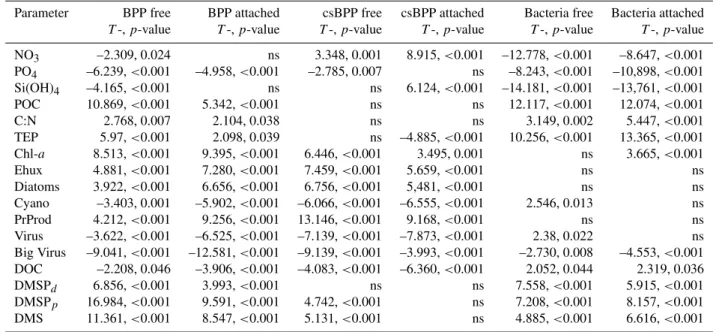

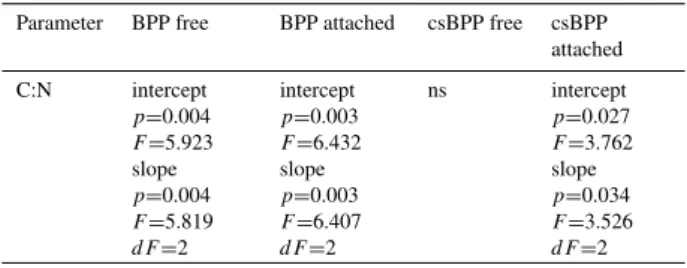
Documentos relacionados
carbonate chemistry and of phosphate deficiency on the exudation of organic matter, and its subsequent recycling by extracellular enzymes in a Nodularia spumigena cul- ture..
In the present study, post-treatment samples (Table 2) showed a significant reduction of the serum concentrations of both alpha-2 (Fig. 2) and gamma globulins (Fig. 3)
much higher cell-specific bacterial activities, the much larger cell size, and the temporal decoupling of bacterial dynamics of free-living and attached bacteria during the present
Of the seven analysed specific algal pigments (Table 2) only the pigments assumed to characterize some of the most dominant groups; Prymnesiophytes (4-keto-19’-
Normalizing uptake to biomass of phytoplankton and heterotrophic bacteria revealed that organisms in the 0.8–0.2 µ m size fraction had higher specific a ffi nity for leucine-N
As cellular Chl- a content as well as production rates of carbon and phosphorus in organic matter did not seem to be negatively a ff ected by the treatment, it is clear that
positive samples, according to the concentrations of total coliforms, thermotolerant coliforms and heterotrophic bacteria in different water
Most probable number estimations and plate counts of aerobic and anaerobic heterotrophic bacteria and of several metabolic bacterial groups (methanogens,
